-
Posts
278 -
Joined
-
Last visited
Content Type
Profiles
Forums
Store
Gallery
Events
Local Fish Stores
FAQ
Blogs
Downloads
Posts posted by Aqua-Dome
-
-
I am not sure what that all means, but if you joined ARC, come on in and we'll fix you up.
-
Just show your ARC membership card.
-
Not that RO isnt a step above, but i've been keeping mixed aquaria for 10 years using dechlorinated tap water from new braunfels and north and south austin. Use seachem prime.
-
Scinaia complanata. Cool lookin'
-
 1
1
-
-
Got in a few BIG pieces of T. flabelliform. Other cool stuff too...
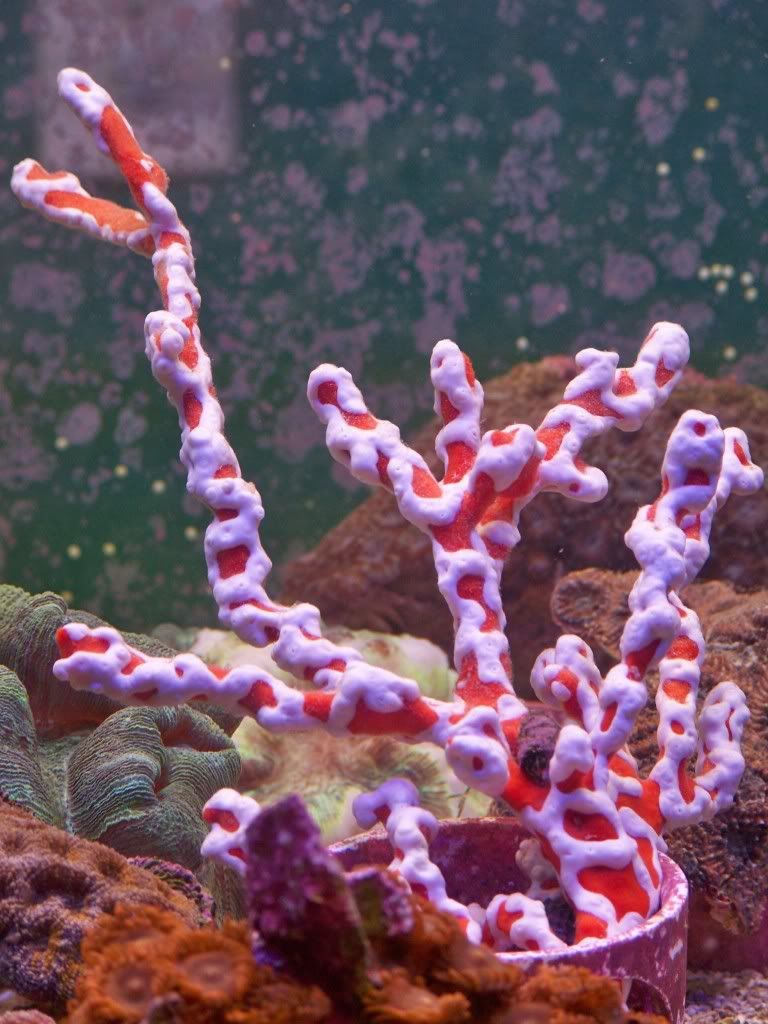
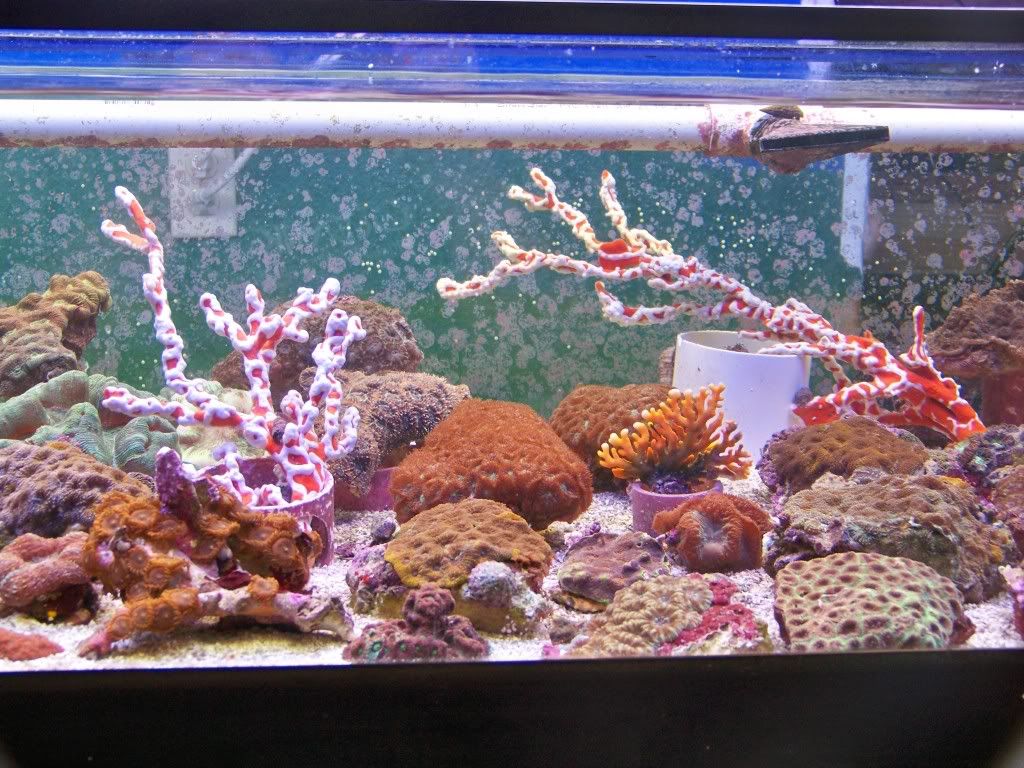
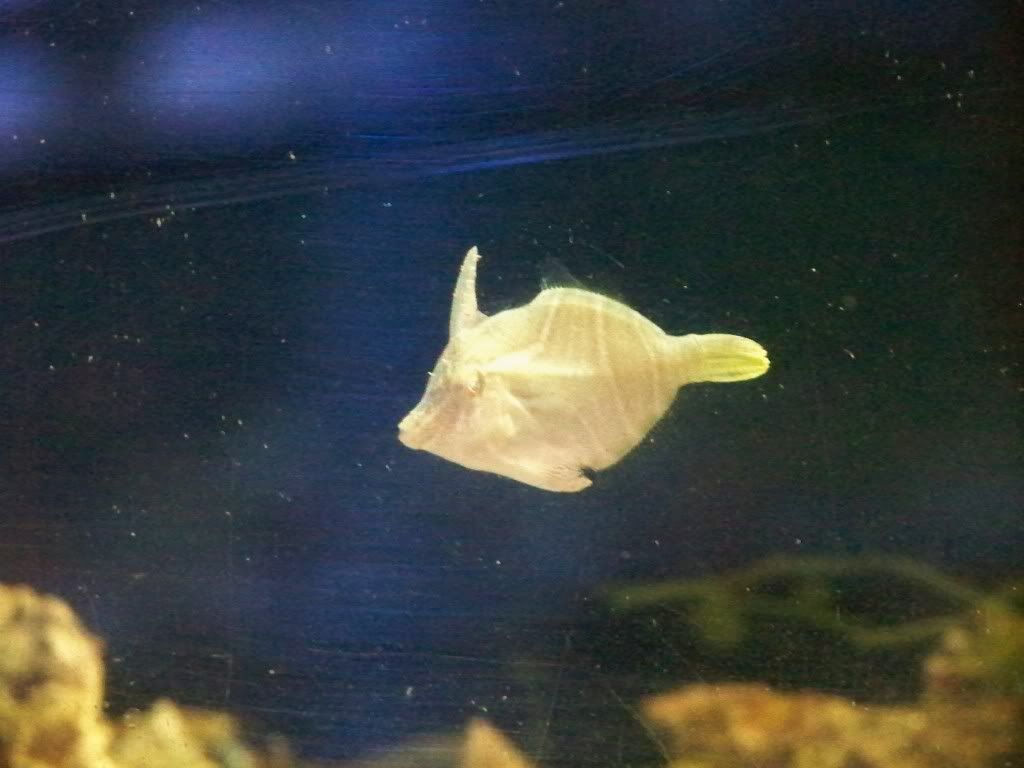
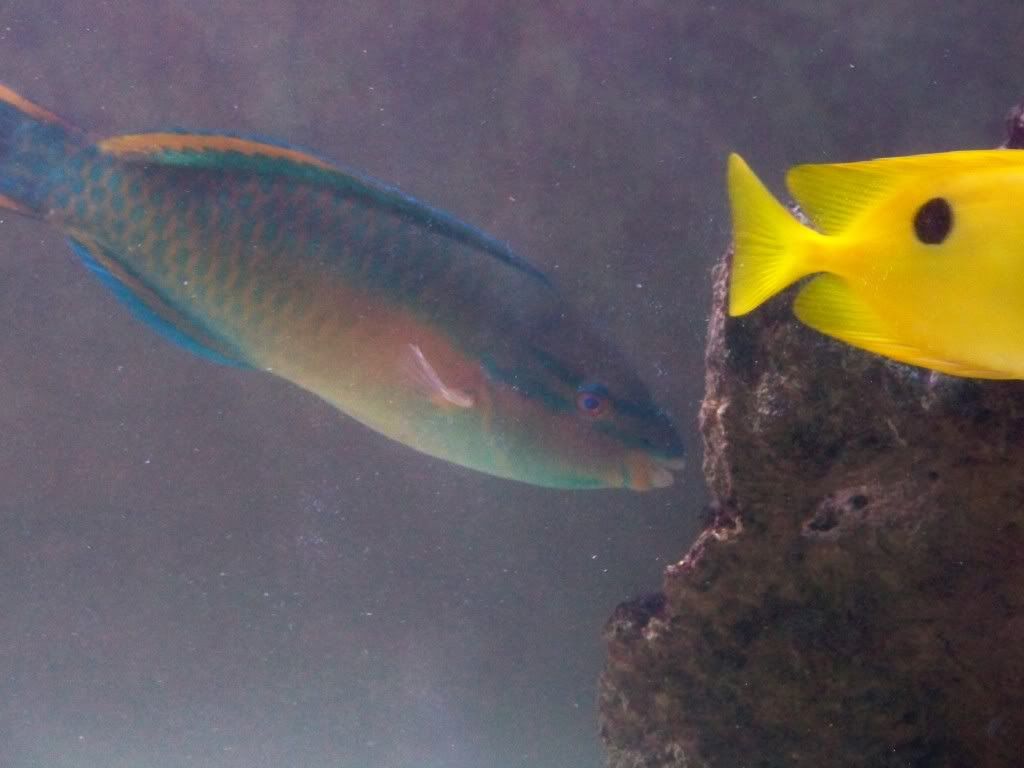
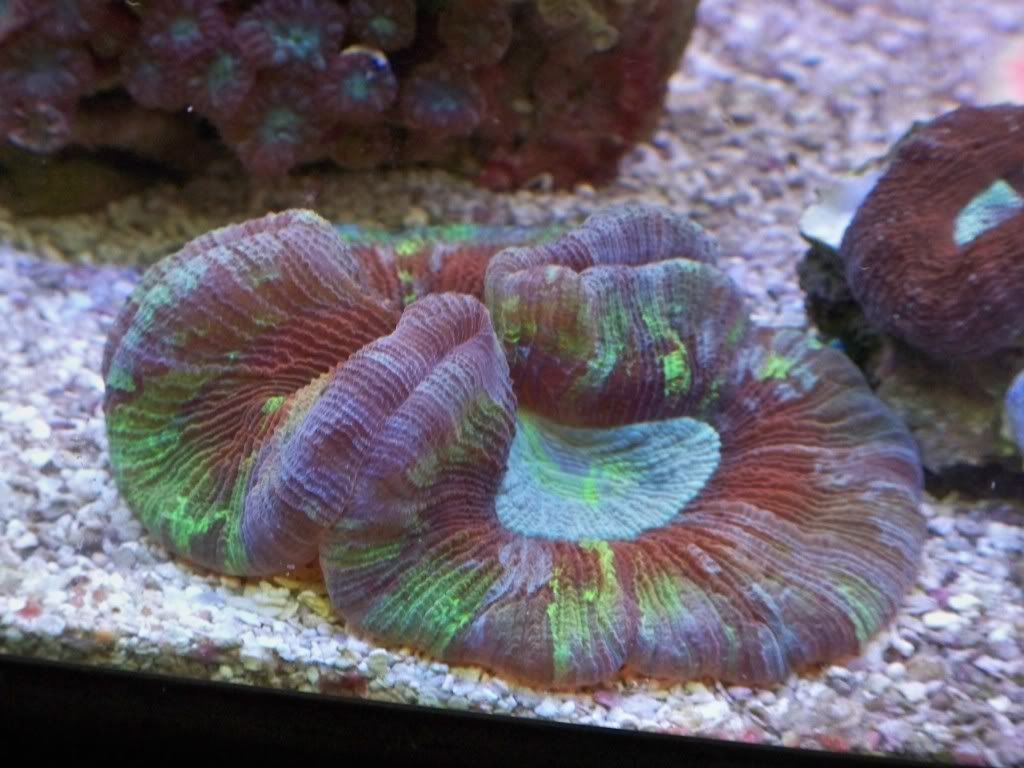
-
We will be closed Wednesday August 10th.
-
another reefer learns the importance of water changes...
-
6- FLAME ANGELS
2- POTTERS ANGELS
2- CANARY BLENNIES
3- RED SCOOTER BLENNIES
4- DIAMOND GOBIES
12- SM YELLOW TANGS
4- MED YELLOW TANGS
1- MED. GOLDFLAKE ANGEL
1- MED/LG FEMALE PERSONIFER ANGEL
1- LG NASO TANG W/STEAMERS
1- XL ACHILLES TANG
-
7- CHALICE
10- BLASTOS
10- CRYSTAL
5- ACAN. LORDS
4- ACAN. ECHINATA
1- ACAN. ROTUNDAFLORA
4- GOBLET (SCOLYMIA LOOKING)
1- SUPER GOBLET(GOT TO SEE THIS CORAL)
-
too filamentous to be cyano. But yes turbos, hermits, tangs, and urchins should eat this stuff. Pink fuzzy algae can usually be pulled off rather easily but the clean up critters will have to keep it down.
-
I’m sorry that some people try to translate things that may seem logical to them into fact, without doing any research. There are two basic types of “LIVE” bacteria products on the market for establishing beneficial bacteria in aquaria. They are both called live because they are NOT DEAD. But they are quite different in production, storage, shelf life, transportation requirements, etc. One form, which for the sake of explanation I will call LIVE live, is found in products like Fritzyme 360/460, Dr. Tims, formerly Biospira (I say formerly because after Marineland was sold I can not speak with certainty of BioSpira at this time). LIVE live cultures of nitrifying bacteria are active cultures in liquid form, they have a much shorter shelf life measured in months, keeping them refrigerated maximizes their shelf life. These products are sensitive to temperature extremes, and must be kept cool and shipped cool. The other form I will call DORMANT live. This is the form found in all non-refrigerated products that claim to cotain beneficial nitrifying bacteria, such as Stabilty, Cycle, Fritzyme 7/9, and I believe TLC, and Live sand/substrate products. They are products in which the live bacteria are kept in a dormant stage for the very purpose of maintaining efficacy over longer periods of time, over wider temperature ranges, by companies well versed in the transportation issues of distance, climates, truck temperatures, and such. Live sand is viable in the bag for at least 2 years, and temperatures into the 130’s. Although it is true that prolonged exposure to temperatures above 130 will in effect pasteurize the product, these extreme conditions are not reached in the normal course of a wholesaler’s deliveries to a retailer. I have no reservations about selling DORMANT live products, I trust most of the companies that produce nitrifying bacterial products, and I trust all the ones we carry, including live substrates.
Gary - Austin Aqua-Dome
-
(used crushed coral next time, there is nothing live about live sand)
What do you mean there is nothing live about live sand? Depending on the grade, all "live sands" contain AT LEAST live nitrifying bacteria. More natural sands like CaribSea Ocean Direct have many natural microorganisms. Furthermore, there is nothing live about any crushed coral, so why are you comparing the two? A finer medium than crushed coral allows for a wider range of marine life, from tiny sifting organisms that aerate the substrate to more apparent tank inhabitants like sifting gobies and wrasses that sleep under the sand at night.
-
-
We are a CURRENT sponsor and we have Hagen, some salifert, SeaChem, and what we consider the best kits right now- RedSea.
-
Lamont, adding extra volume to your system via a sump only helps marginally compared to doing consistent water changes on the volume you already have. Also canisters are fine, they are just easy to put off cleaning because it can be a job. Luckily, the G's are easy to clean. So, the moral is, clean your filters and do your water changes.
-
A few pictures of some the $10,000.00 dollars worth of corals that we got in this week are on our facebook page. Like us and check it out.
-
Received 165 new corals today, 24 yesterday, and 3 Spiral Wire Corals. Blastos, Fox Corals, Elegance, Bisma Worm Rocks. Come by and visit.
-
You're right, inverts are prone to doing weird stuff. But what kind of anemone do you think it is Eric?
-
Sorry guys sebaes never climb up the rockwork.
-
ANY coral with feeding tentacles will grow faster if target fed with cyclops / mysis / roids. Of course small polyp corals (tentacles mostly under 1 mm) may only take the roids or a liquid food like phytoplankton or oyster eggs. Corals with inch long tentacles or more may take hunks of shrimp or even pellets.
-
 1
1
-
-
cool damsel we get from the Philippines. Got a few right now at $6.99
-
bubble tip anemone
-
Yellowtail black damselfish, Neopomacentrus cyanomos
-
Thanks Clint!
-
We've had some bubbles like that before... super cool




APEX CLOSEOUT
in Austin Aqua-Dome
Posted
We have some older models of Apex controllers that I want to offer ARC members at a huge discount.
These are new in the box models
1- Apex Gold System
1- Apex System Lab Grade pH probe
2- Apex System Standard pH Probe
40% OFF List price.